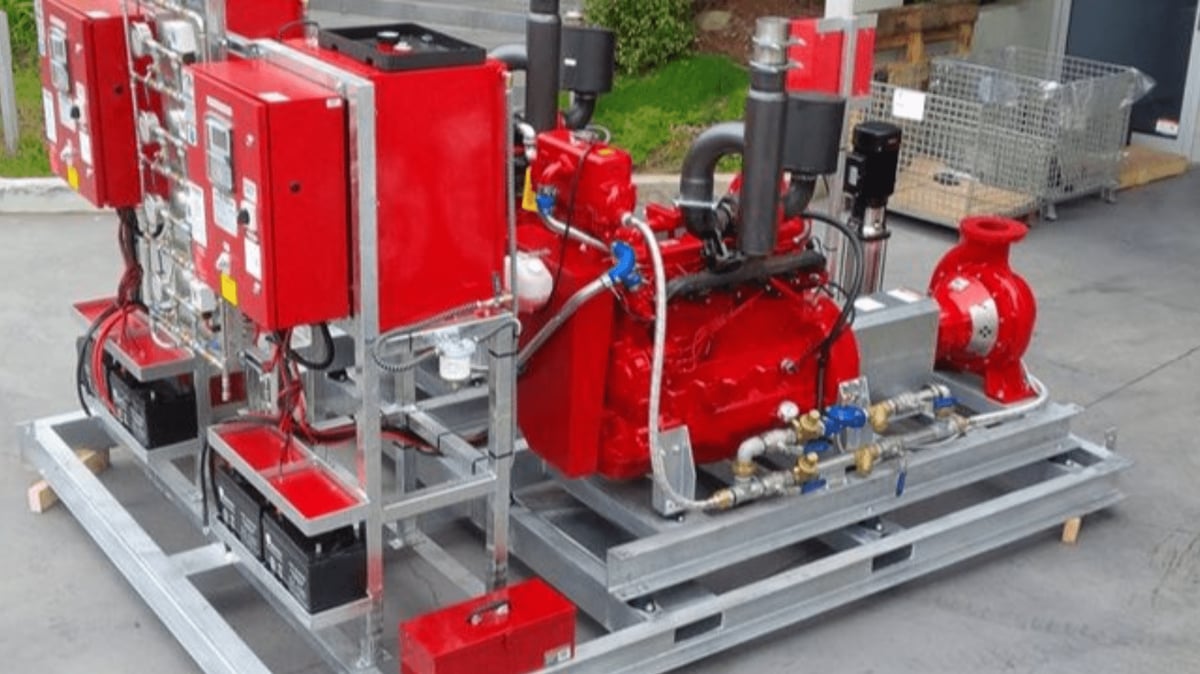Grease Traps: What they are and why you need one
We all know the sewer water in our homes contains loads of grease and oil that are produced because of the process of washing dishes and utensils. This grease can result in a huge blockage in the water disposal system of your home if not filtered and cleaned appropriately. Additionally, it can be a problem for the main municipal sewerage line where the sewer water from your home is disposed of. This is because the grease and oils in the sewer water will eventually freeze in the sewer pipes of your home. This may result in monetary fines and blockage of sewer connections to your home. If the oil and grease in your sewer pipes go unchecked for a long period, they can cause major issues to your property and may affect the environment as well. The most effective way to avoid all these problems is installing one or more grease traps in the sewer pipe of your home. A grease trap will work effectively as an integral element of your home, kitchen sewer, and maintenance systems. We have gathered valuable information about how it works and its importance to help you realise why you need one for your home.
Further details are given below:
Working of a Grease Trap:
If you make constant use of deep fat fryers and other similar appliances you create a lot of oil and grease, which goes into your sink when these appliances are cleaned with water. The disposed water contains loads of oils, grease, and byproducts which can eventually solidify and create problems for the proper flow of sewer water. These solids start building up and create problems. However, choosing a grease trap of adequate size will help you remove a substantial volume of waste discharge from your sewer system. The grease trap can be installed anywhere down the stream from your kitchen, the sewer water coming from your kitchen will be cooled to below 40° C temperature. The solids in your systems will rise and later be collected from the sewer system. The main concept behind the working of a grease trap is the use of gravity, it separates solids from the waste using this principle and makes the sewer water free of oil and grease, which can be discharged to the municipal sewerage line.
Why You Need a Grease Trap:
If a grease trap is cleaned, maintained, and looked after regularly, it will make sure that you stay protected from many additional expenses that you have to do in case of drainage overflows and drain blockages. Repairing a blockage can be considerably expensive and may result in bad odours that are unbearable for people. In addition to homes or residential properties, businesses that generate food waste in large volumes should have a grease trap of adequate size to remove grease and oil from the water, otherwise, they may face hefty fines. If the oil and grease remain unchecked in the sewer water and is discharged in the main sewerage line, it will create a blockage in the main sewerage line and create problems for sewage treatment plans as well. You may think enzymes and various other products can be beneficial to dissolve grease and oils, but it should be remembered that these things are not a satisfactory alternative to a quality grease trap because the grease will be reproduced and solidify deep down the drainage system.

